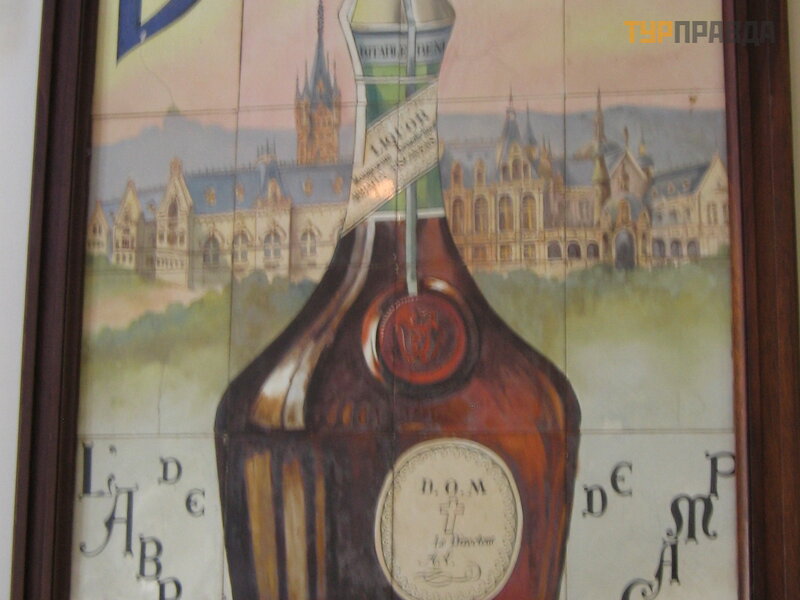In the footsteps of Monet - part 3
Continuation. Start here:
I've never heard of this city before. Therefore, my arrival here was a surprise for me. And now I really regret that I knew little about this place before the trip. Because the city has a long and interesting history.
It is assumed that the name of the city comes from the ancient German word for "fish". For the port, perhaps a good explanation of the name. An ancient Roman road passed through Fé camp (now D940 towards Le Havre). So the place was inhabited.
During the era of the Norman dukes, William Longsword built the first castle here. Because Fé camp became one of the capitals of the duchy.
The women's abbey was founded here in the 7th century, but was plundered by the Vikings and ceased to exist. The next abbey, already male, Benedictine, was founded by Richard I.
But the monks finally settled here only under his son Richard II (he was born here, died, he was called the "father of the monks" for the systematic restoration of monastic life). The abbey was very important. It was believed that Normandy was guarded on one side by the abbey in Fé camp, on the other - on Mount Saint-Michel. It was here that William the Conqueror celebrated his victory at the Battle of Hastings and presented valuable gifts to the abbey, including land in England.
The city became a major pilgrimage center after, according to legend, a trunk was washed ashore, in the hollow of which there were particles of Christ's blood. This blood was stored in the Benedictine abbey of the Holy Trinity. A chapel was specially built for her. This happened in the 13th century during the Crusades.
After the accession of Normandy to the French kingdom, the importance of the city decreased. But it has always remained a fishing port.
Moreover, it competed with the port of Saint-Malo. At the beginning of the 20th century, it was one of the largest ports for catching herring (it was considered the royal fish, but not because it was eaten by kings, but because of how convenient it was to store and process it), and then cod.
The city is also known for its Benedictine liqueur.
Perhaps, for the sake of this liquor, people come to Fé camp. We, too, were only in the Benedictine Palace. We walked around the palace, looked at its treasures (objects of art from the Middle Ages, a collection of metal products, fake liquor), tasted the liquor. They give you a token at the entrance. It must be preserved until the end, and then exchanged in the tasting room for one of the types of liquor (there are three of them: regular, aged and B&B - Benedictine and brandy).
National Heritage House offers 5 hiking trails around the city.
1 - associated with nature and new ways of producing energy. It passes on the highest place in the city (more than 100 m) - the Maiden's Shore. Here you can admire views of the English Channel, bird nests at Cape Fagnet and modern windmills. 2 - associated with the Virgin. It starts on the Quai de Maupassant at the port and at the foot of the Virgen's Coast, rises to the chapel of Our Lady of Welcome. The chapel was loved by sailors, they visited it both before and after difficult raids to the Canadian coast for cod and herring. 3 - historical, it covers the area of the church of the abbey of the Holy Trinity, the ruins of the ducal palace. Located at the entrance to the city, farthest from the English Channel. 4 - associated with fisheries; here is a museum of fishing, smokehouses. Passes on the other side of the port. 5 - architectural. Dedicated to Art nouveau. This route leads to the Benedictine Palace.
There were (besides the already mentioned dukes) Edward the Confessor (while his mother, the sister of the Duke of Normandy, was married to a Dane who killed her husband, the English king), Volpiano (the monk who made the Benedictine abbey powerful), Alexander Legrand (who revived the Benedictine recipe in the XIX century), Guy de Maupassant (lived here with his grandmother).








